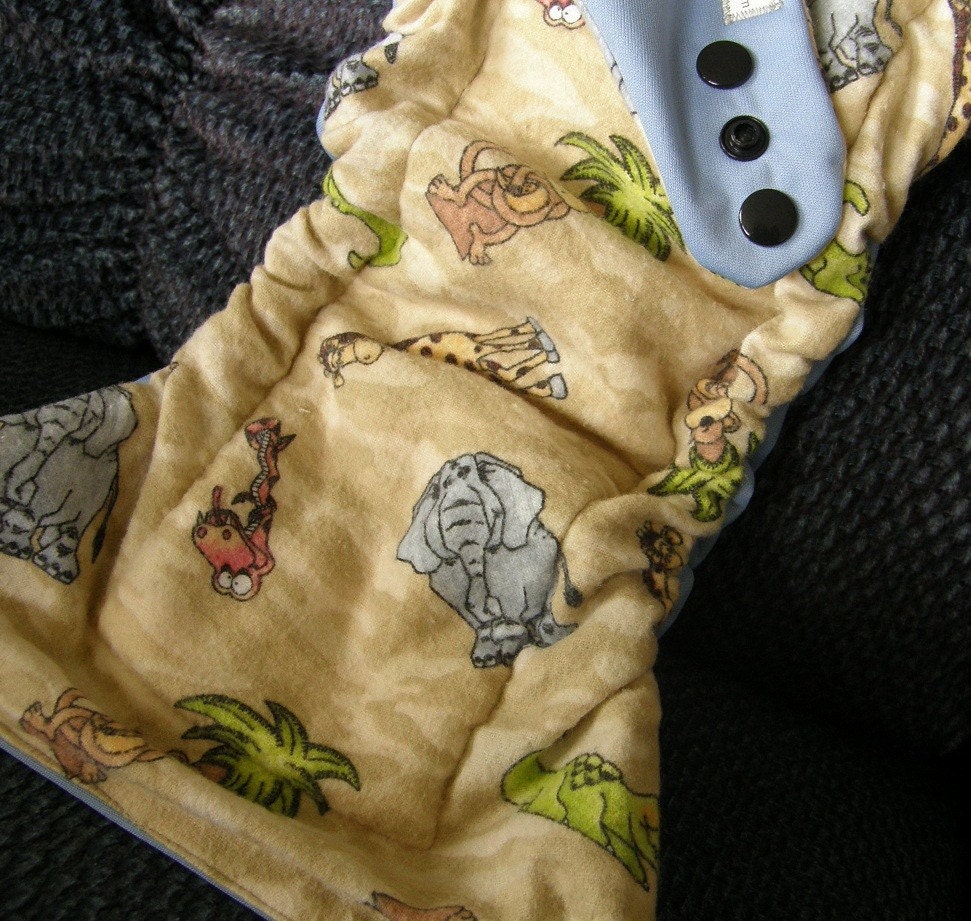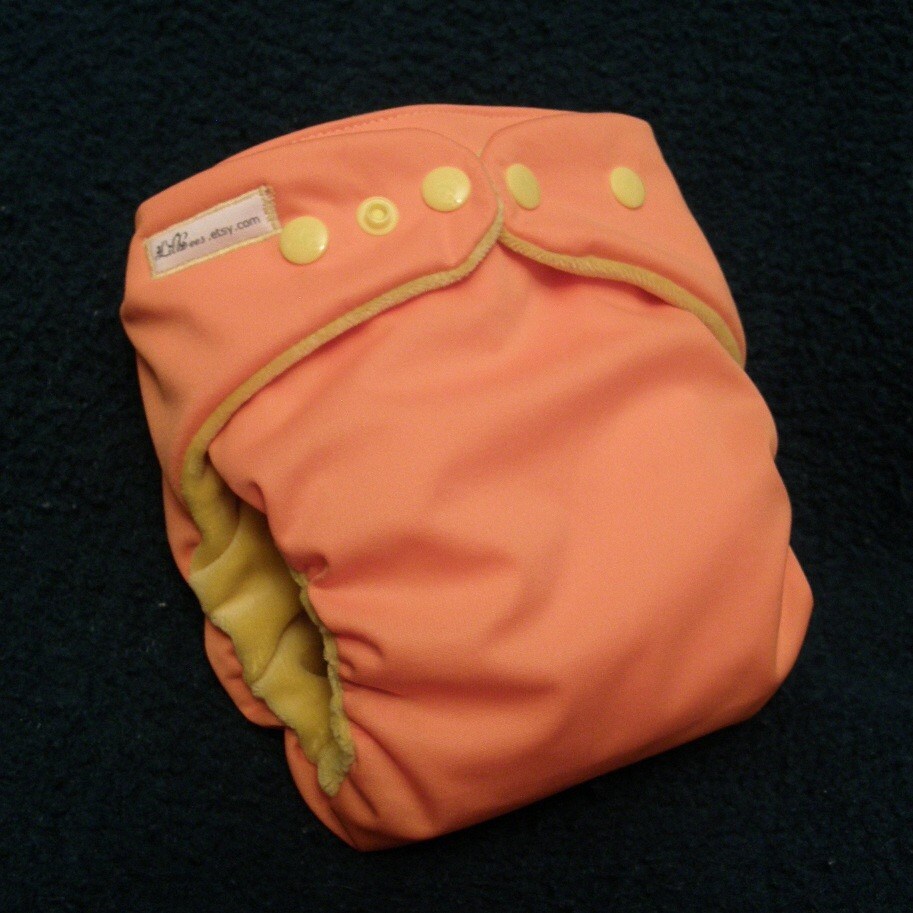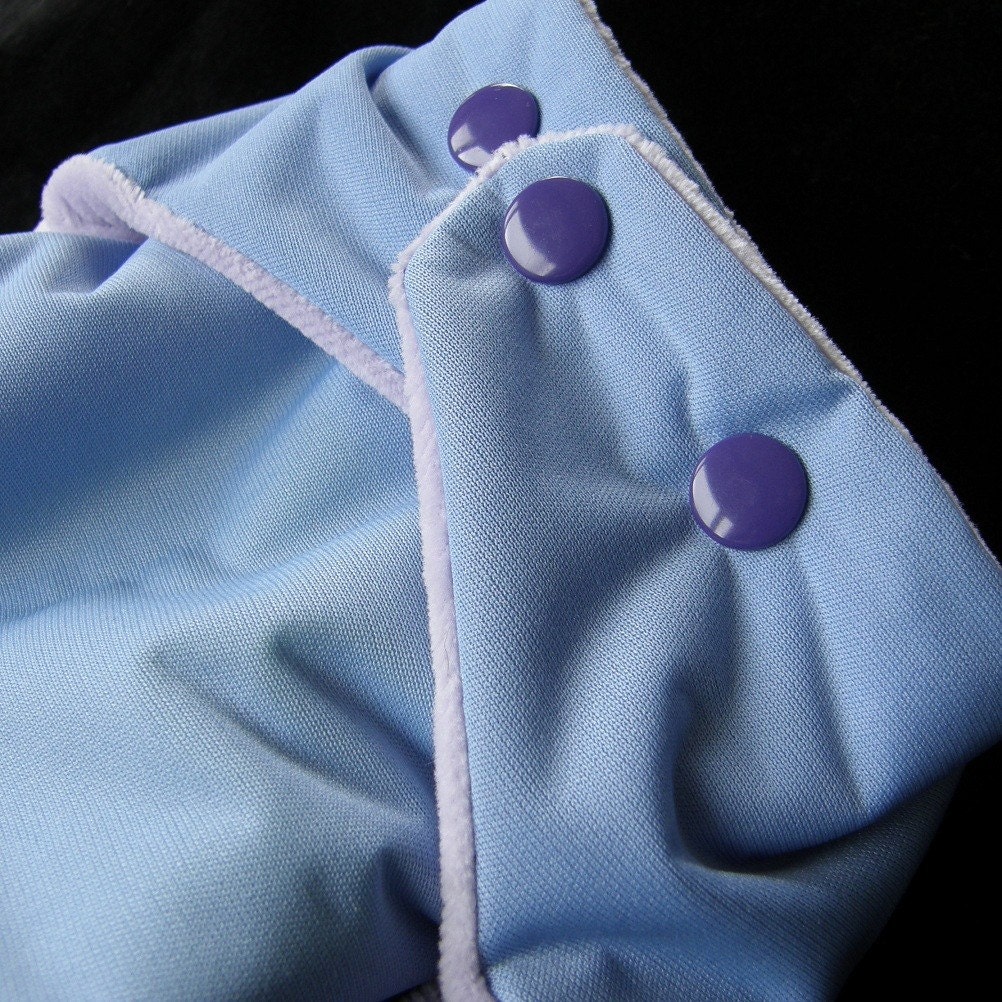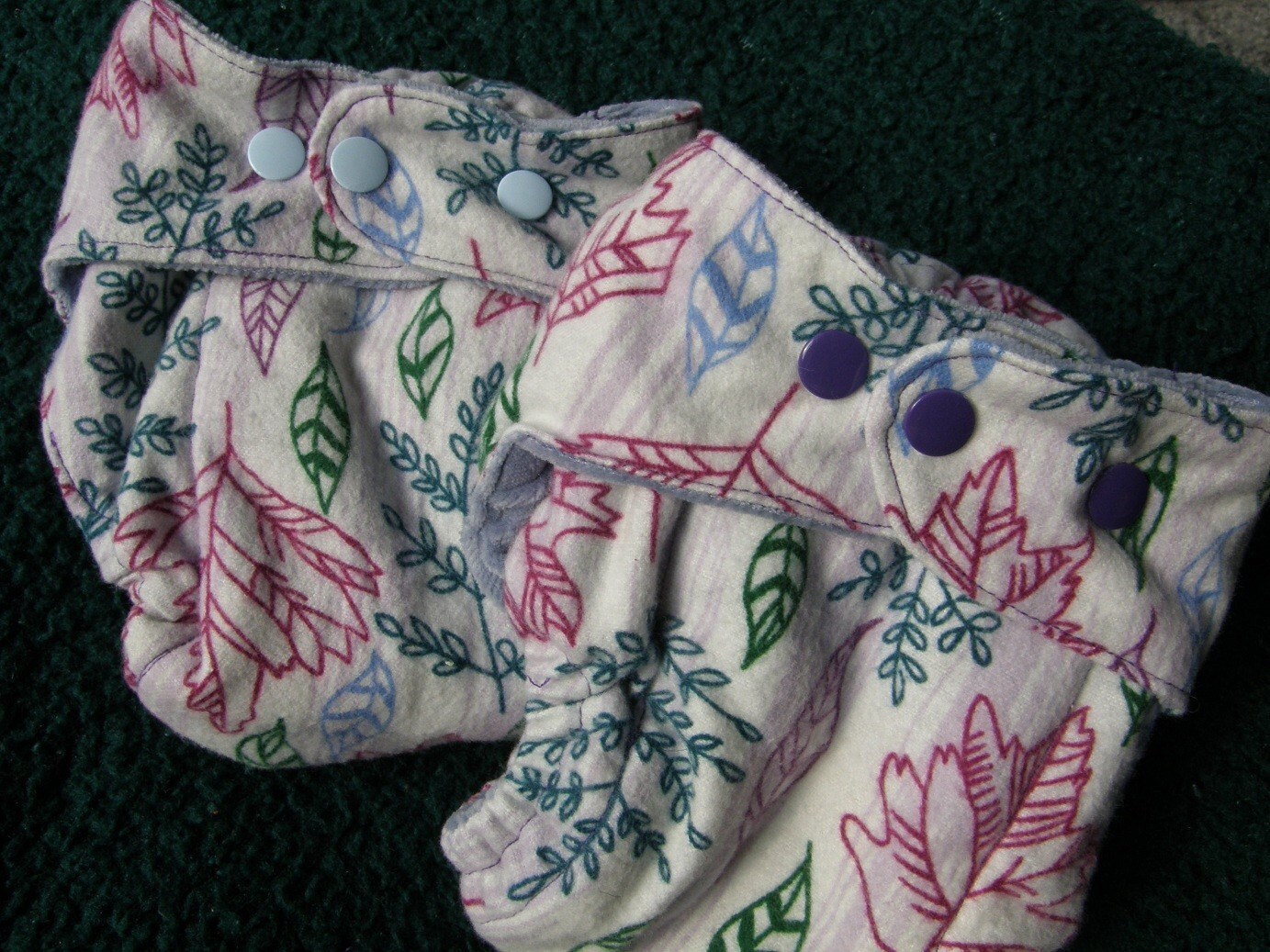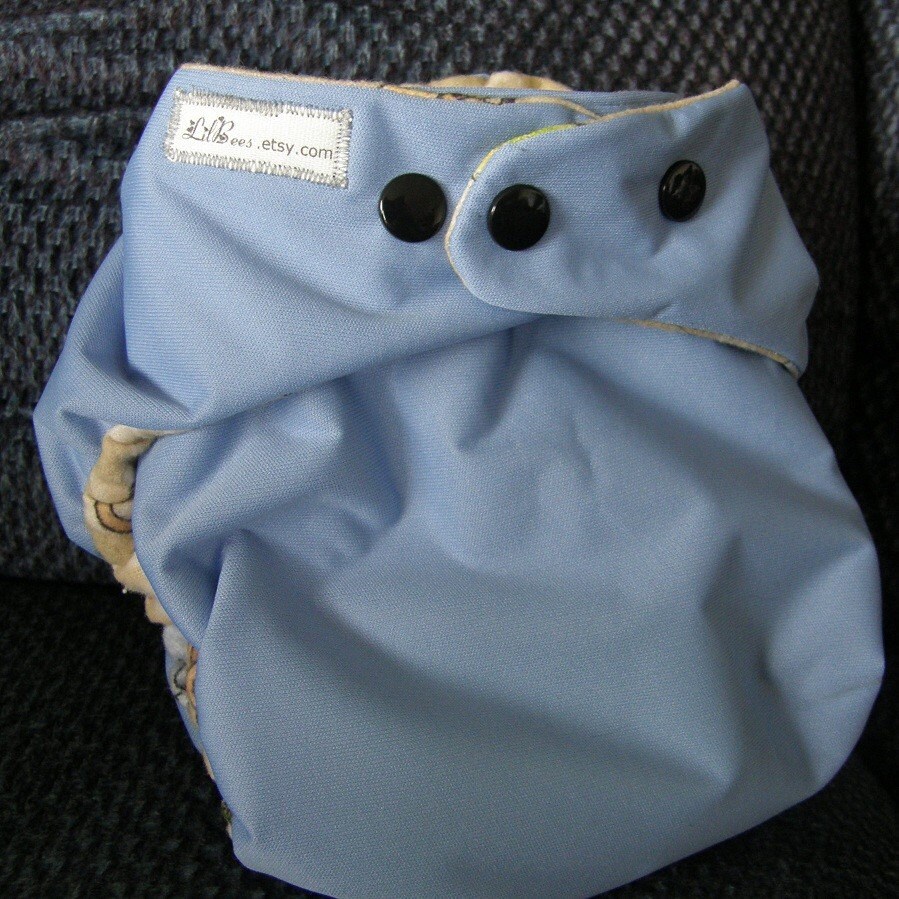
At the library, I recently stumbled across The Body Project: An Intimate History of American Girls. I wasn't sure what to expect, but I thought I vaguely remembered having heard of it, so I brought it home.
Oh wow. I absolutely recommend this to every woman, to every mother of daughters, to every teacher of girls. It should be required reading. This book is packed with history (and numerous primary sources including many diary entries). It recounts the changes that have taken place in American culture specifically during the 20th century, and the way that adolescence has changed from being a "coming of age" into being a "coming into obsession with our bodies." Even as we know more about our parts we seem to understand less about ourselves. It's something I think many of us are aware of (I've written on similar thoughts before), but the book was eye-opening for me in explaining more clearly the evolution of this change.
The following excerpt (p54-55) gives one example via menarche and menstruation (emphases added by me):
In preparing girls for menarche, we still tend to emphasize selecting a sanitary product rather than the meaning of the responsibility that menstruation implies. However, we know from the experience of generations of American women [that] being handed a pamphlet or shown a movie is not very satisfying, and that young women want meaningful exchanges about female sexuality as well as the best techniques for coping with the vagaries of menstrual blood. In a world where the female body is sexualized so early and the stakes are so high, it now seems obvious that it is not enough to teach girls how to be clean and dainty.I think an important realization is how pervasive this is in our culture.
When contemporary American girls begin to menstruate, they think of hygiene, not fertility. That is the American way, and it is taken for granted--as if it were part of the "natural order." But the historical "disconnect" between menstruation and reproduction is actually quite modern, and it has important psychological implications for how girls think about themselves and what kind of women they become. It was strategically helpful for our grandmothers and mothers to cast menstruation as "only" a matter of hygiene, in order to offset Victorian myths about its debilitating effects. In today's world, however, that dismissiveness means something else. In fact, it sets the stage for obsessive overattention to other aspects of the changing body, such as size and shape.
Pervasive: like a virulent disease.
I mentioned this book to my best friend, and she made a revealing comment. She has recently lost almost 50lbs, and she said that since losing the weight she is even more body-conscious than she was before. I haven't seen her in some time, but I've seen recent photos and my first thought is always to comment how good she looks...how she LOOKS. Yes, she does look wonderful, but you know, she was always beautiful. She is kind and intelligent and graceful and talented and lovely, and she was my best friend before she lost the weight. She is still the same person I love, regardless of how she looks. And yet, when I see a photo, I'm ashamed to say that her newly-slender figure is the first thing I notice. What a statement about the pervasiveness of this body-image obsession, even from someone like me who is more-than-normally aloof from it.
I've been down this road myself. In my teens I had a really nice figure ("36-28-36" with blue eyes, long hair, fairly clear skin...) and yet I still found things to be self-conscious and nitpicky about. My hair was too thin, it was frizzy, and it didn't curl 'right.' My fingers were short and stubby and my nails were too. My toes were ugly. On the one hand, family members and adults told me I was beautiful, but on the other hand when I looked in the mirror I saw a girl who wasn't getting asked on any dates, so therefore I knew something was wrong with me. I wasn't entirely sure what it was, but I knew there had to be something.
For the most part, I have learned to be comfortable in my own skin...but even still I find myself finding--even searching--for things to complain about. I just measured this morning: 9 months after birthing a second baby, I am a "39-31-40" and I have returned to my pre-pregnancy weight. I'm not as thin as I was in high school or college, but I'm still slender and curvy. I still have blue eyes and long hair and clear skin. By all accounts I have nothing to complain about...and yet I still have low self-image days. The hair, the hands, the saggy breasts, the wiggly behind, the stretch-marked everything... But I am healthy! I have a spouse who thinks I am beautiful! How is this cultural distaste-for-self SO pervasive that it gets through to even the best of us?
I don't have the answers, I really don't. I wish I did. I do know that if I ever have daughters I will make every effort to build them up against the tidal wave of dissatisfaction.
I have thought of something which I'm going to try for myself, and I invite my readers to try it too. The book talked about how the obsessions with clear skin and perfect teeth and thinness became common right about the same time that scales and mirrors started being present in homes. For most of history a woman didn't know her weight or see her face unless she happened across a scale or mirror in a public place. Can you imagine how we might perceive ourselves if we weren't constantly thrown numbers and images like that?!
So this is my challenge: for 24 hours, don't step on a scale and don't look at yourself in a mirror. Tack up a pillowcase over your bathroom mirror if you need to, but don't look! Strike back at this image-obsessed culture, by being willing to be your (inner) self for a whole day, without fixating on our outer appearance. Of course you should comb your hair and otherwise care for yourself, but don't preen, don't 'fix yourself,' just take on the world as your own self.
Do you think you can do it? I sure would love to hear about it if you do.












